Third attempt to replace footcloths
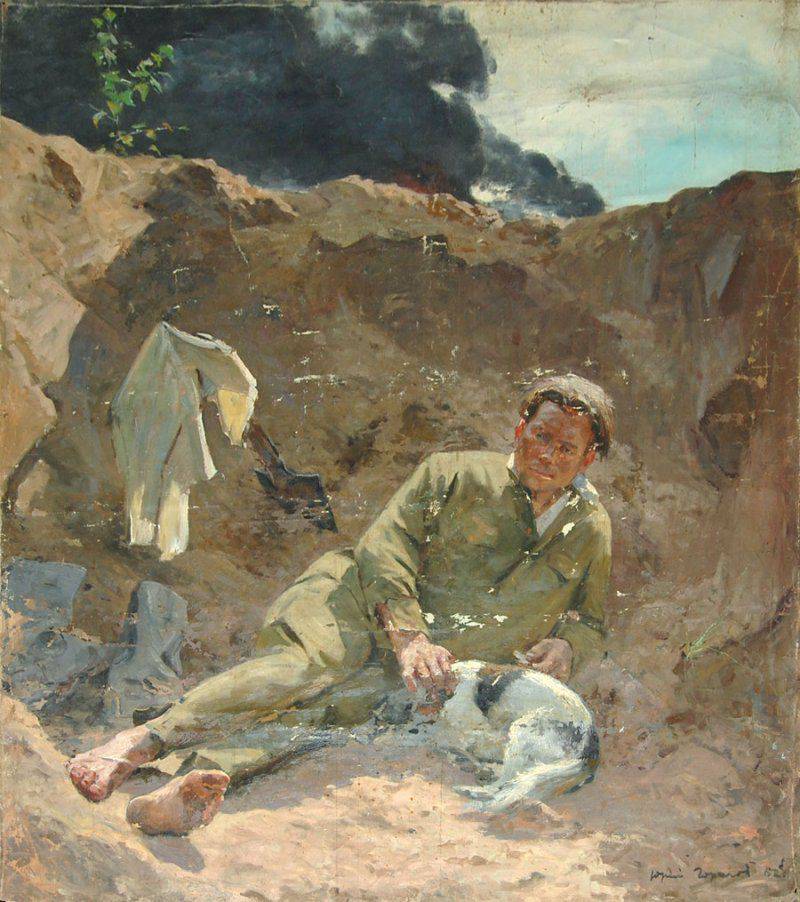
Probably, very few people can now remember this day. Two years ago, in mid-January, 2014, or rather, 16, it was announced that Russian troops would no longer use footcloths, completely switching to wearing socks. This is the third major attempt to get rid of the sisters. The first was made in the time of Peter I, the second in the years of Soviet power, in the 70-s of the last century, and the third - in our days.
For some reason, footcloths have become reckoned throughout the world as an original Russian invention. Although this small canvas was used by the Finnish (the Finns abandoned the footcloths in 1990), the German and other armies.
From various sources you learn that the universal winding appeared in the time of Peter I, and maybe long before it. There is also a version that Roman legionnaires wrapped their feet with pieces of cloth. One of the footcloths is attributed to 79 BC: it was discovered during the construction of the Roman metro station, and then handed over to the memory of the then president of America. Ah, well done, a good hint was made: so that he knew where the Russian spirit was coming from.
Remember: there is the Russian spirit, there Russia smells. By the way by V.I. Dalu, “portyanitsa - well., A piece, cut off part of it (port), especially on footcloths. mn wrappers, onuchi, footwear undercoats, by 1 1 / 2 arsh. on foot".
And yet, some historians say, during the primitive cave age, people came up with the idea of wrapping their legs with pieces of hides from dead animals. So it is possible to get to Adam and Eve: at that time, too, someone was winding up with something. The ancient warriors always looked different from civilians, and they admired the eyes of the old and the small, who saw the fighter. Who was their reliable defender from the numerous enemies attacking the country. In order for a warrior to overcome numerous forced marches, his uniform and clothing must correspond to the fulfillment of these combat missions and not interfere with his way.
The concept of "footcloths" today is a Russian ethnocultural phenomenon, as footcloths began to play an important part of the life of the Russian army, personify a special way of its life and, in the end, is one of its symbols, the birth of which began under Peter I.
Well, very much we love Peter to choose as a starting point. Most likely, the wise king, having seen such an easy and reliable means of clothing for the military, in an orderly manner indicated that it was mandatory to introduce footcloths in the Russian army in order to prevent numerous frostbite, scuffs, and reliably protect soldiers in multi-day crossings. Although there is a completely opposite version: Peter did not want to see his soldiers in peasant footcloths and ordered the opposite - to enter the army in the Dutch style stockings. But this novelty has not taken root because of the numerous injuries and inconveniences associated with hosiery wearing. Therefore, Field Marshal Grigori Potemkin-Tavrichesky in 1786 had already obtained a signature from Catherine the Great on the decree on the return of the footcloths to the army.
"Spacious boots that are narrow and he has to put on shoes or foot wrappers before stockings have the advantage that in the case when the feet get wet or sweat, you can throw them off at the first convenient time, wipe the legs with a legwife and, again, wrap them with a dry end, in speed put on shoes and protect them from dampness and chills ”(G. Potyomkin. Opinion on the uniform of Russian troops. Russian archive. Volume 3, 1888 year).
Even then, the brilliant prince understood that when walking in boots, the sock gets off, the leg “walks”, which causes damage to the leg.
From trifles formed the picture of defeats or victories. Under Paul I, they again tried to put stockings on their feet, but nothing good came of it.
The second time, the idea of a complete replacement of footcloths on socks in Russia returned after more than 200 years, in 70-ies officials of several departments - the Ministry of Health, the Ministry of Economics and the Ministry of Defense - calculated the costs of switching to a new type of uniform and found it economically impractical, as it turned out that one soldier had to give out 20-40 pairs of socks, depending on weather conditions, instead of one pair of footcloths.
Thus, footcloths have been left alone for several decades. They, footcloths, have become an integral part of the ordinary life of a soldier.
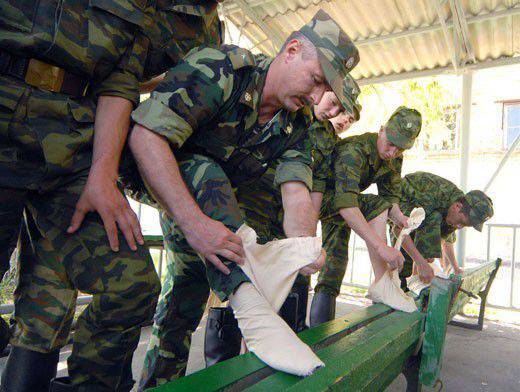
Gradually it became clear that footcloths are better to have two types: for winter - flannel, for summer - cloth. It is Peter I who is credited with the authorship of the obligatory introduction of flannel footcloths in the army. Initially, the fabric was purchased mainly in England, but then the sovereign demanded to reduce the number of purchased foreign cloth and to establish their own production on an industrial scale. This was done in 1698, when the first manufactory appeared in Moscow, first producing coarse cloth for the army, and then mastering the production of other types of fabric.
Flannel got accustomed in the army for a long time because by its qualities it perfectly “coped” with the load that a simple soldier could withstand only thanks to many handy means, which greatly facilitated his camping life. The flannel is pleasant to the touch, perfectly absorbs moisture, the woolen flannel does not burn, but smolders, and retains its thermal qualities for a long time.
During the First World War, the rank and file of the Russian army was supposed to have in its stock three pairs of footcloths. Even then they were distributed in the summer and winter. For the summer, "canvas" were issued, which were made from hemp or linen linen, and from September to February, according to the statute, the soldier had to wear "cloth" footcloths: they were sewn from half-woolen or woolen fabric. Often such a footcloth rubbed her legs and therefore, at first she wore a summer footcloth on her leg, and then a winter footcloth. But it was inconvenient and many soldiers gladly began to wear flannel footcloths.
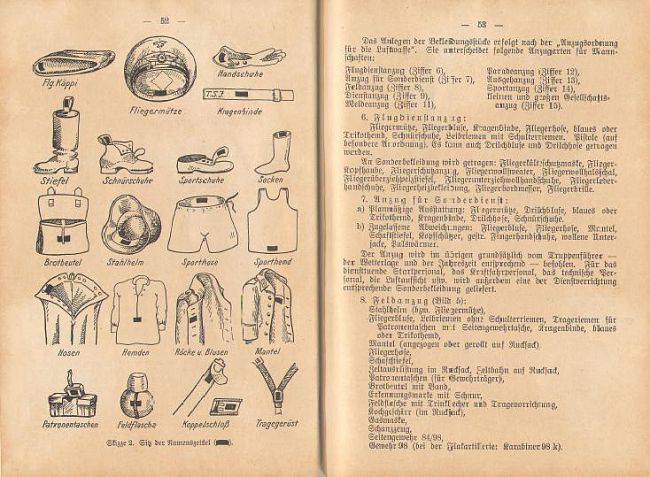
Often, the soldiers used a footcloth as a winding when they put on their shoes.
The French also used footcloths, calling them "Russian stocking", and the Americans called them "clothes for the legs."
But about this, some foreign historians prefer to remain silent in their current ideological struggle. For example, Englishwoman Catherine Merridale stated that “footcloths are a disgrace to the Russian army” after writing her amazing, simply blatant book about “Ivan.” Such a defiant little book that even she does not want to quote: it is disgusting in its essence, so well-known and ideological clichés that Madame the historian simply stole from other anti-Russian historians, who set themselves the aim of defaming and distorting the truth about the Great Patriotic War, are so blatantly and fiercely recited. And it was the desire of Madame the Historian to kick again, so she clung to the footcloths, excluding from her head the “Delete” button the fact that the British were also actively using footcloths. True, during the Second World War, they did not take many kilometers of marches, did not freeze in the field, and did not drive back the Germans. It didn’t start from them, which is why they are malignant, so neat in English socks made from 100% wool.
I still think why they hate everything Russian so much, why does the hysterics about Russia continue in one format or another from year to year? Why? The answer is obvious: maybe because you write a little about yourself. Would write to Madame the historian about Churchill, that he was a dictator and destroyed his soldiers in the war: after all, he also gave orders, and the British died on numerous fronts. But no, I did not write. The book would not have released it for any money, but about Russia - please write as much as you like. Footcloths she did not like! And I like footcloths. I always watched with interest as my uncle was going to work in the cold Siberian winter and was sure to put neatly washed poryanochka dried and dried over the stove over socks, wrapping their legs like a dolly.
Many Russian women have a lot of associations with the word "footcloth" and the expression "Russian peasant in the house smelled." But socks with an admixture of chemical fibers do not warm the leg, rubbing it, and during the war years, when it was impossible to accurately find the right size, footcloths helped to fit the boot to the leg, did not rub it to calluses.
In fairness it should be noted that in the Russian army there was no unanimity on this issue.
During the First World War, footcloths became a symbol of social stratification between privates and officers. If during the Great Patriotic War it was said that “Everyone is equal before the bathhouse broom and footcloth”, while reading the excerpt from George Dumbadze’s “Portyanka” of the First World War, there is an acute difference between soldiers and officers: “Footcloths put indelible things on my whole life impression. The first time I found out about their existence was when I saw rectangular pieces of matter with brown spots with which my father’s batman was very artistically wrapping his legs. Private Bronislav Yakubovsky, really, was a master of his craft. My father even asked Bronislava to demonstrate his art in front of his father’s friend, Colonel Kostevich. ” And then the author describes how deeply he was shaken by the process of winding and wearing footcloths: some noblemen were squeamish about this type of ammunition, considering it shameful to wear footcloths, although in the Cadet youth they were forced to do so.
However, as soon as the hostilities began, these most squeamish Russian noblemen appreciated the puttee.
This was recognized by foreigners who worked during the First World War in Russia. One of them, an American surgeon Malcolm Grow, recalled: “When the feet were wet, the soldiers would rewind footcloths so that the wet part fell on the calf and the dry part fell on the foot. And their feet were dry and warm again. ” Thousands of soldiers avoided the so-called trench foot syndrome, which occurs "with prolonged exposure to cold and damp; this kind of frostbite occurs at temperatures above 0 ° C. It was first described during the 1 of World War 1914-1918. the soldiers with a long stay in their raw trenches. In mild cases, painful numbness, swelling, redness of the skin of the feet appear; in cases of moderate severity - serous bloody bubbles; in severe form, deep tissue necrosis with the addition of infection. "
In the years of the Great Patriotic War, the footcloth became an integral part of the uniform of Soviet soldiers. And although today it is not uncommon to see on the forums that footcloth is a purely Russian invention, and the Germans wore woolen socks, this is not true. The Germans wore footcloths, wool or flannel. Moreover, if you look at the list of uniforms of German soldiers, it turns out that along with suspenders (nosträger), sports T-shirts with stripes (Wehrmacht eagle or police eagle, sporthemd), black sateen cowards (unterhose), statutory socks (strumpfen) and other outfits, footcloths (fußlappen) stand at 13-th place.
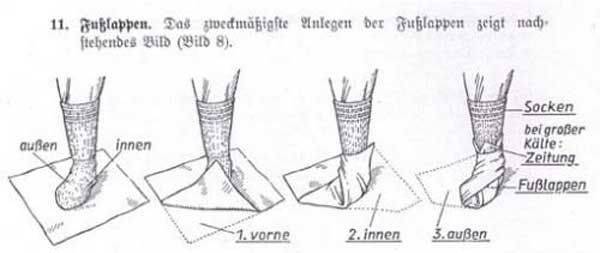
The Germans even issued a special form-instruction “How to wear footcloths,” which said that the footcloth should not have any seams, they should be made of wool or cotton flannels.
Footcloths, by the way, were very popular among German infantrymen, who called footcloths “leg rag”, “Indian foot”.
This form was used to instruct recruits on how to make correct foot winding. If this is done incorrectly, it can lead “to a general discomfort or pinch the leg,” the statement says. Many say that the windings were most often used by old soldiers who had gone through the First World War. But young soldiers used them the same way. Although some of them lacked patience.
When asked to describe the winding process itself, Karl Wegner (a former prisoner of war, soldier of the 352 division) said that he didn’t like to waste time wrapping up his leg with a coaster, although many old people wore them, especially when kilometer marches were coming.
But not every German thought like Wegner. Hans Melker, the grenadier of the 68th Infantry Division, recalled:
“Footcloths! (Laughs) Oh, yes, I forgot about them. You wrap your legs in them like this (shows). I didn’t wear long socks because they quickly wore out and I didn’t have the patience to darn them all the time. My mother sent me a sewing kit from home, but I also decided to give it to my friend. I always changed my nice household socks for tobacco, food, magazines and other things I needed. I still feel bad at the memories of this. my mother knitted socks for me and even embroidered my name on all the things that she sent me to the front. Seeing this for bot, many of my comrades envied me and said that they would also like so much to receive such care from their mothers. I remember one case when I gave the next pair of household socks to my friend, and his head was torn off and wounded in the chest. When he was found “His legs were wrapped in mother’s socks with my name on them. The commander decided that I was killed and came to us to find out. But I was alive. In the summer I wore footcloths instead of socks.” They did not wear out for a long time. There is one secret. It was necessary for each winding to place the heel not in the same place, but in different parts of the footcloth. We called the windings cabbage because they smelled bad when they were not washed for a long time. ”
Especially the Germans rescued footcloths in the summer when socks wore out. And some Luftwaffe pilots also wore footcloths.
Another soldier of defeated Germany, Alfred Becker, of the 326 Infantry Division, when asked that he was wearing windings or socks, replied that during the Russian winter, he wore a pair of foot socks over his socks for additional heat.
By the way, you can still find ads on some German websites for the sale of 1944 footcloths of the year of release.
The Germans dealt brutally with the Soviet prisoners of war, who tried to make themselves resemble trays from the remnants of paper bags - they were mercilessly beaten for such attempts.
The size of the soldier footcloth was gradually determined. And again I will say that the size of the footcloths was different, although some people still believe that their size is 45 x 90. Far from it. In different years, there were state standards for the manufacture of footwear.
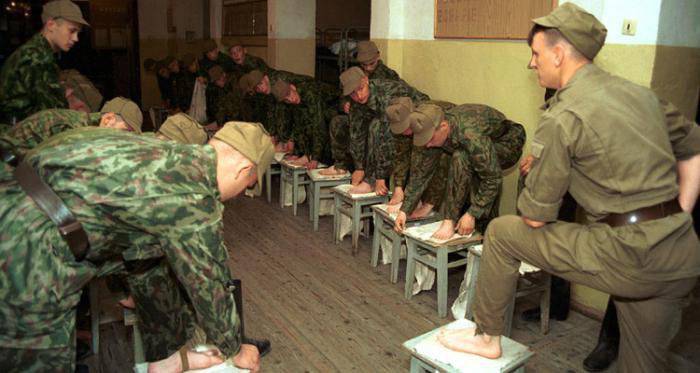
In 1983, there were changes: for example, summer footcloths plants were made according to TU 17 RSFSR 6.7739-83, according to which the size of the finished pair was 50 x75 centimeters.
In the 1990 year (note - restructuring, the market) the width of the footcloths decreased by 15 centimeters: from 50 to 35 centimeters, and the quality of the fabric deteriorated. For example, if you read TU 17-19-76-96-90 on footcloths, winter woolen cloth made from woolen cloth art. 6947, 6940, 6902,6903, it turns out that their composition will be different: 87% wool, 13% nylon. The density of the fabric is not less than 94-3 / 93-5, the tensile strength is not less than 35-4 / 31-3, and the size of one semi-pair is 35 XX75 centimeters.

Footcloths made in the USSR are in particular demand, since the fabric from which they are made differs in quality - the way of interlacing the threads was then different, allowing for the production of more dense material. “Real summer army footcloths. 90 canvas cm x 70 cm. The canvas is cut into two pieces the size of 90 cm x 35 cm independently. 100% cotton. Very dense fabric, well absorbs moisture. Different from the Russian - the way weave threads and, the main difference - the density of the fabric. New. Made in USSR".
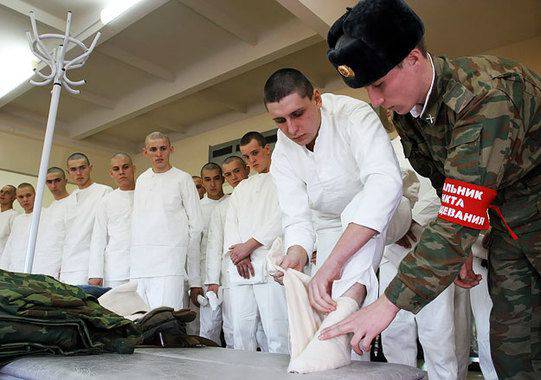
Footcloths have become a hot commodity for many other groups of the population that are not directly related to military service. Hunters, who cross the kilometer stretches, value footcloths for their unpretentiousness, tourists who do not lie on their side, but make their way in the woods, understand that boots and footcloths are a great combination for overcoming obstacles.
At one of the selling sites of footcloths in 2014, they cost from 49 to 170 rubles per pair, in 2015, the price for footcloths was the lowest - around 50 rubles. The highest price - 147 rubles for one pair of footcloths was offered by dealers of textile companies in August 2013.
One of the chairmen of the council of veterans in the Lipetsk region proposed to erect a monument to a Russian footcloth. And in the Tula region, during the reconstruction of hostilities, veterans taught schoolchildren how to wind footcloths.
Will we forget about the clothe? Hardly. Here they refused from the footcloths in 2008 in the Ukrainian army, and what happened?
True or not, time will tell, but there is no definite positive reaction to this accomplished fact. And many will support me, saying that the footcloth is a kind of symbol of military life that has been preserved for centuries stories development of military affairs. And so it is impossible to get rid of it: anyway, experienced fighters, hunters, tourists and other people who understand all the subtleties of their work will put on footcloths and teach this seemingly uncomplicated business, their sons.
Information